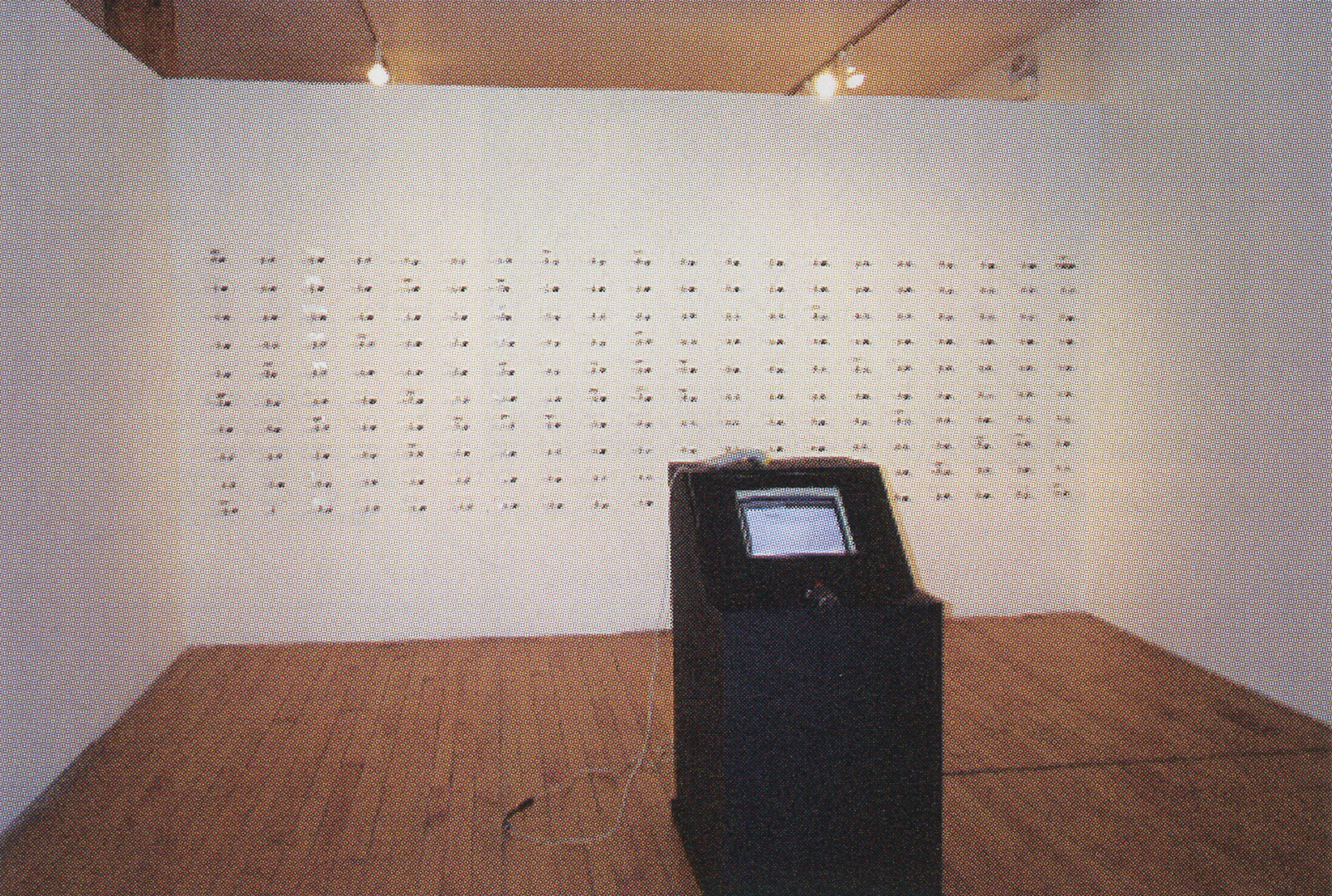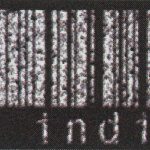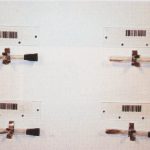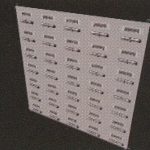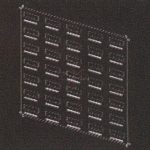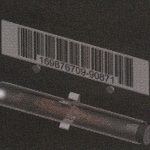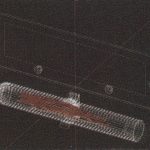Ioannis Yessios: Homo lndicium
Artist(s):
Title:
- Homo lndicium
Exhibition:
Creation Year:
- 2002
Category:
Keywords:
Artist Statement:
My work is interdisciplinary, exploring how technology affects human beings as individuals and as a society. Technology mediates our lives, constantly revealing the need to be an informed user of technology. Much of my work attempts to educate its audience on this subject. When I teach students how to use technology as part of their art practice, the most important lesson I share is the need to use technology intelligently. Instead of using technology in a manner suggested by its design and marketing, people should use technology in ways that benefit themselves.
Homo Indicium is an installation based on my exploration of digital identities. In a society where technology assists in every aspect of life, most people have accumulated a digital identity. It is an identity based on bits and pieces of information stored in fragments over a vast network of computers. Buying habits, means of identification, medical histories, and personal histories are all stored virtually.
Homo Indicium started with the question: “What can a machine know about a person?” Every day, machines continue to compile digital identities. These identities influence countless decisions made by both humans and machines. The question is: “Is this information enough to truly know someone?” Homo Indicium allows its audience to interact with information-based identities as a way of exploring questions raised by this process.
The name, Homo Indicium, is derived from the Latin words “homo,” which means man, and “indicium,” which means data or information. Together, they form the scientific name of the species of humans that exists purely as information.
Technical Information:
When you enter the installation, you are confronted with a wall covered by test tubes. Closer inspection reveals human hair in some of the tubes. Above these tubes are bar codes.
Each bar code represents a person who chose to participate in the installation. Participants create information-based representations of themselves, which become part of the piece. This is done by filling out an online questionnaire, giving fingerprints, and providing a DNA sample, in the form of hair. The responses to the questionnaire and the fingerprints are then stored in a MySQL database. The hair sample is placed in a test tube and stored on the wall. A unique barcode is created for each participant and then placed above the hair sample. This barcode is used to identify each individual in the database. After the data is collected and stored, it can be retrieved using the barcode scanner attached to the database server at the center of the installation.
In front of the test tubes is a computer station. This station is a Windows 2000 PC, running an Apache Web server, a MySQL database server, and PHP. This station serves as the interface for scanning barcodes and reading about an individual. It also serves as the host to the Web documents that allow users to fill out online questionnaires and add their data to Homo Indicium.
Process Information:
What can a machine know about a person? Can someone be known/reconstructed from this information?
Online Component
The database generated by this piece will be accessible online through a Web site, where people can find out about the piece, look at the data gathered by the piece, and add themselves to the piece. (This will require they mail a sample of their hair.) Everyone who participates through the Web site will also receive a laminated card with a logo that indicates it was a Web submission.
Installation Elements to be Explored
The data retrieval station may use a projector instead of a monitor. When it is idle, it will enter a slide-show mode in which it randomly accesses data and displays it on the screen. This slide show will probably also cycle through the voice recordings, giving an audio element to the piece. The computer and trackball used by this station will be installed so that the CPU is hidden. The interview station will be set up to create a very clinical feel. A height and weight measurement will be part of the interview process. The interview may include a very basic health check-up.
Data Confidentiality
The data available to the public will not contain names or personal information. The names in stories collected during interviews will be randomly changed. At the end of the interview process, participants will get a chance to view all information gathered and block public access to specific information. This will be clearly stated in a confidentiality agreement signed by all participants.
Data Not Collected
Pictures or images
Social Security numbers
Credit card numbers, etc.
Name
Address
Email
Phone numbers
Current list of Data to Collect
Age
Gender
Height
Weight
Birthdate
Birthplace
Marital status
Children
Siblings
Parents
Education history
Employment history
Medical history
Biometrics
Fingerprints
Voice
Facial proportions (for facial recognition algorithms)
Retinal scan (most likely not feasible at this time)
Other Sources of Potential Questions
2000 Census questionnaire
Personality tests
Important reiteration: I have no intention of displaying information that may be harmful to a participant and will take every measure to ensure that this is clearly stated and implemented.
Affiliation Where Artwork Was Created:
- Cleveland Institute of Art
Other Information:
Images:
3-4: Test tube panels
5-6: Installation floor diagram
7-8: Test tube

